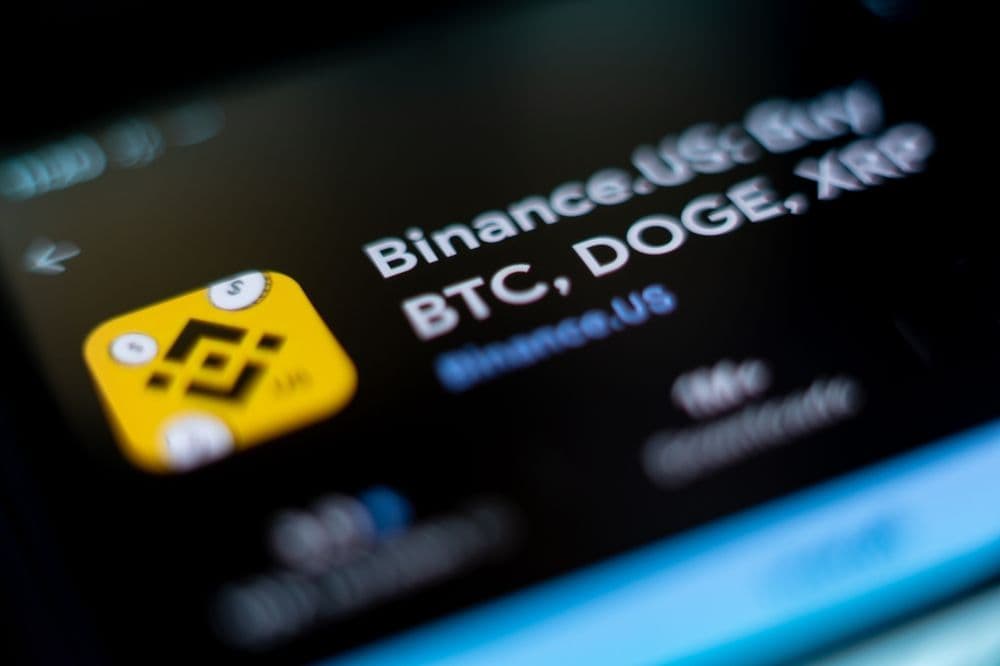 WLFI’s ties to President Trump have drawn heightened media attention as he champions digital asset innovation in his economic agenda. (Image Source: Shutterstock)
WLFI’s ties to President Trump have drawn heightened media attention as he champions digital asset innovation in his economic agenda. (Image Source: Shutterstock)According to data from blockchain intelligence firm Arkham, the SEI purchase was made using USD Coin (USDC) transferred from WLFI’s main wallet to one of its designated trading wallets, a pattern consistent with the firm’s previous altcoin acquisitions. This transaction structure reinforces WLFI’s operational model of isolating trading activity from treasury holdings for better risk and accounting management.
SEI is the native token of the Sei Network, a Layer 1 blockchain purpose-built for high-performance decentralized finance and trading applications. Designed to deliver high throughput and sub-second finality, Sei aims to address the scalability and latency issues that plague many competing blockchains, making it an appealing target for institutional and retail crypto investors alike.
The timing of WLFI’s SEI acquisition appears to have sparked market movement. Shortly after the purchase was made public, SEI saw a 27% price surge, trading up to $0.178. While it’s unclear whether WLFI’s involvement alone was the catalyst, the investment may have helped boost investor confidence in the token and its underlying ecosystem.
This latest acquisition adds to a diverse portfolio held by WLFI, which includes major cryptocurrencies like Bitcoin and Ethereum, as well as emerging altcoins such as TRON (TRX), Movement (MOVE), Ondo (ONDO), and Avalanche (AVAX). The project has reportedly deployed around $346.8 million across 11 digital assets to date.
However, WLFI’s crypto investments have not been without setbacks. Blockchain analysts from Lookonchain estimate the Trump-linked venture is currently sitting on a paper loss of nearly $145.8 million, reflecting the risks associated with its aggressive accumulation strategy during turbulent market cycles.
Adding to the intrigue, WLFI recently denied media reports suggesting it had liquidated $8 million worth of Ethereum, stating it has not sold any positions. This public stance indicates a longer-term investment horizon and a desire to remain active in shaping the narrative around the legitimacy and resilience of crypto markets.
The Trump association with WLFI has also brought increased media attention to the venture’s activities, especially as President Trump, currently serving his second term, has made digital asset innovation a key talking point in his economic agenda. This connection has further politicized WLFI’s moves in the eyes of both supporters and critics.
While WLFI has not disclosed the strategic rationale behind each individual investment, the consistent pattern of buying emerging tokens suggests a broader goal of positioning itself at the forefront of the altcoin economy. The SEI investment, in particular, may be a bet on the growth of decentralized trading infrastructures and the demand for speed-optimized Layer 1 solutions.
As the crypto market matures and altcoin ecosystems continue to evolve, WLFI’s bets, backed by both capital and controversy, remain a compelling subplot in the intersection of politics, finance, and technology. Whether these bold moves will ultimately yield returns or reinforce cautionary tales about speculative excess is yet to be seen, but WLFI’s activity is undoubtedly shaping market narratives.

Binance Junior brings crypto to families

Japan moves to cut crypto taxes to 20%

Adeer, droppRWA to tokenize portfolio of projects

Wormhole launches “Sunrise” to bring MON to Solana